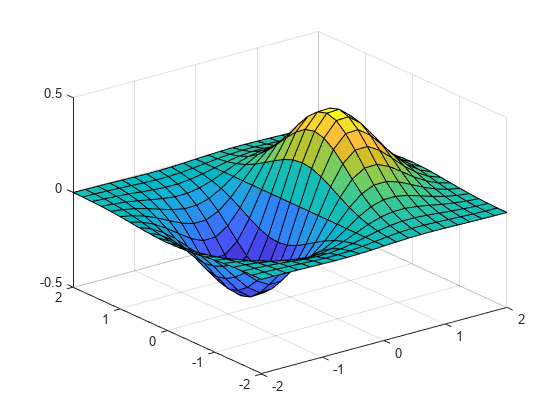pbaspect
控制每个轴的相对长度
语法
说明
pbaspect( 设置当前坐标区的图框纵横比。图框纵横比是 x 轴、y 轴和 z 轴的相对长度。将 ratio)ratio 指定为由正值组成的三元素向量,以表示 x 轴、y 轴和 z 轴长度的比率。例如,[3 1 1] 指定 x 轴的长度等于 y 轴和 z 轴长度的三倍。如需轴长度在所有方向上都相等,请使用 [1 1 1]。
pbaspect manual 设置手动模式,并使用 Axes 对象的 PlotBoxAspectRatio 属性中存储的比率。当模式为手动时,它会禁用坐标区的伸展填充功能。指定图框纵横比的值会将模式设置为手动。
示例
输入参数
输出参量
详细信息
算法
pbaspect 函数设置并查询与数据纵横比有关的多个坐标区属性。
PlotBoxAspectRatio- 存储图框纵横比值的属性。PlotBoxAspectRatioMode- 存储图框纵横比模式的属性。如果您设置了纵横比,此属性将更改为'manual'。
版本历史记录
在 R2006a 之前推出





